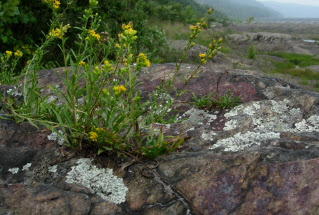Most elegant flowers!

"And now for something completely different" Since Blogger.com makes doing little voluntary polls incredibly easy, just for fun I am starting a little contest for the most elegant flower. I plan on posting 5 pictures at a time in each draw. After five contests I will will put the winners up against each other. I may continue the contest further if there is any interest. Suggestions for future contestants are welcome. I would like this to be a subjective judgment by each voter of the intrinsic elegance of each species or variety, not necessarily a judgment of beauty (which in my opinion is not necessarily the same as elegance) nor a judgment of my photos. The selections are all mine for now with a mix of wild and garden flowers. Everyone is welcome to participate. ~ The voting list is on the left side of the blog~ 1-Zephranthes grandiflora 2-Heteranthera dubia 3-Calopogon tuberosus 4-Iris sibirca 'Gulls Wing' 5-Arisaema heterophyllum I will keep the voting open for ...



